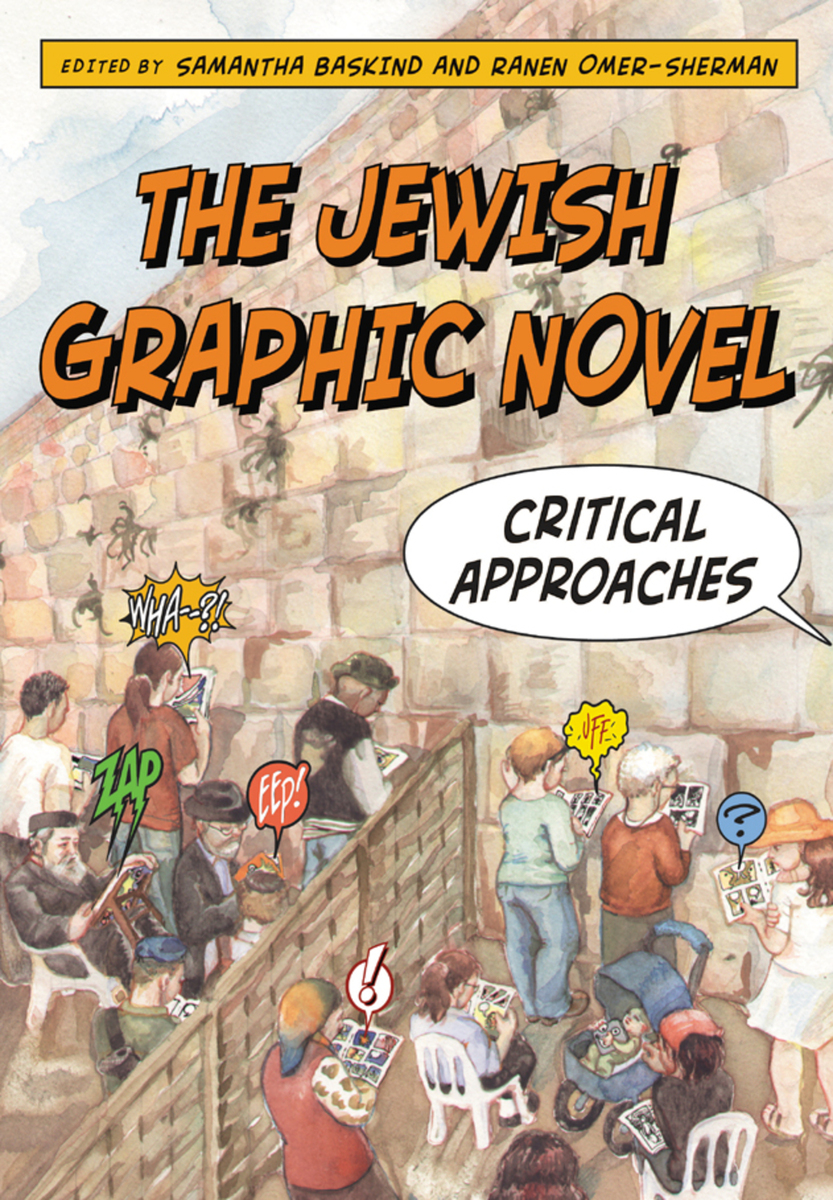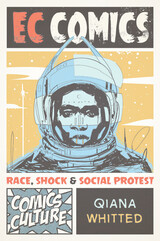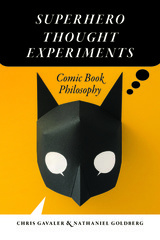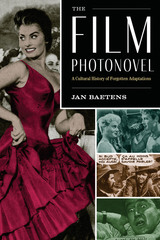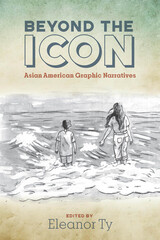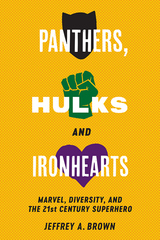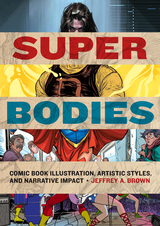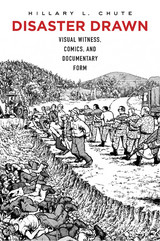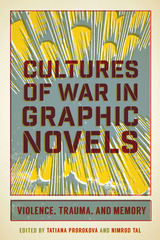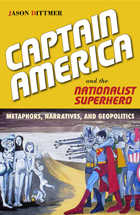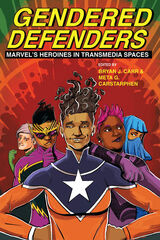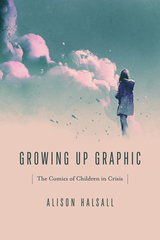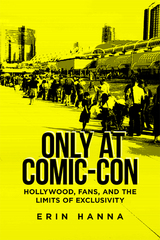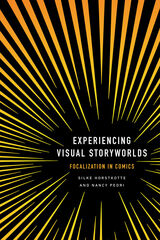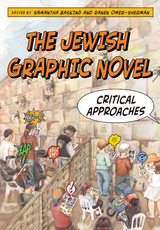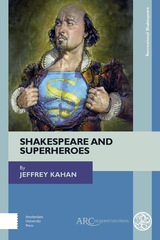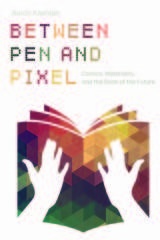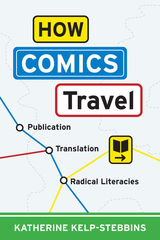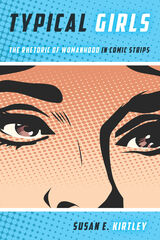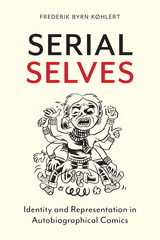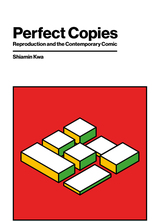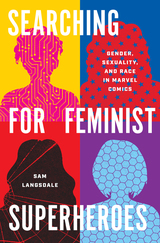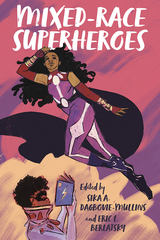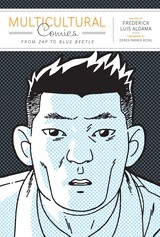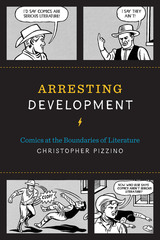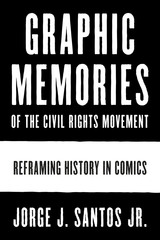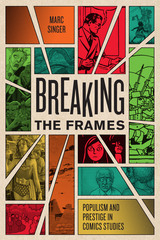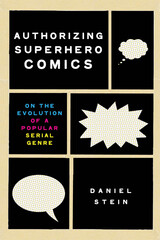"The People of the Book—the epithet is no longer sufficient. More appropriate: The People of the Book and the Image. Samantha Baskind and Ranen Omer-Sherman, leading a cadre of exegetes, explain what makes the combination Jewish."
— Ilan Stavans, author of Mr. Spic Goes to Washington
"Those interested in current Jewish literary culture will find it absorbing, as will anyone interested in how the graphic novel contributes to our understanding of Jewish identity."
— The Jewish Reporter
"The Jewish Graphic Novel is a pivotal work of sequential art scholarship: the 16 essays in this volume provide an excellent introduction to an understanding of Jewish experience and culture through the lens of comics. Baskind and Omer-Sherman have produced an original collection of articles that provide new insights into the history and culture of the graphic novel, its writers, and artists."
— Journal of Graphic Novels and Comics
"Will Eisner coined the term 'Graphic Novel' in 1976 for A Contract with God, his account of the Jewish Diaspora experience. It has since become the label for complex illustrated texts—some fiction, somenon-fiction; most a striking mix of both. The growth of the 'GraphicNovel' also tracks with the rise of a post-modern, global Jewish culturein the later 20th century. The Jewish Graphic Novel is thus both a history of the genre as well as a history of its particular place in the growing, self-conscious world of contemporary Jewish self-representation. A brilliant and original book!"
— Sander L. Gilman, author, Multiculturalism and the Jews
"Few attempts have been made to publish an anthology of academic essays on Jewish graphic novels. The Jewish Graphic Novel is a wonderful attempt to fill this void. The collection brings together four essays on specific books, five essays comparing pairs of graphic narratives, two overviews, two cartoonist interviews, an in-depth look at a Jewish comic book character, and an illustrated essay about Jewish biographical comix. Highly recommended for public, academic, and high school libraries, particularly those that already have significant Judaica graphic novel collections."
— Association of Jewish Libraries Newsletter
"A lively, interdisciplinary collection of essays that addresses critically acclaimed works in this subgenre of Jewish literary and artistic culture. This comprehensive volume is a compelling representation of a major postmodern ethnic and artistic achievement."
— Jewish Ledger
"Those who find themselves involved with graphic genres will find this book a welcome resource. It is a strong collection."
— Journal of American Ethnic History
"The graphic novel is a vital and emerging genre, and this is the onlybook that focuses on its relation to Jewish culture, literature, and history. A highly readable and informative collection that will be of great interest to readers across a wide range of disciplines."
— Deborah R. Geis, editor of Considering MAUS: Approaches to Art Spiegelman's "Survivor's Tale"
"A major contribution to the literature on graphic novels. Highly Recommended."
— Choice
